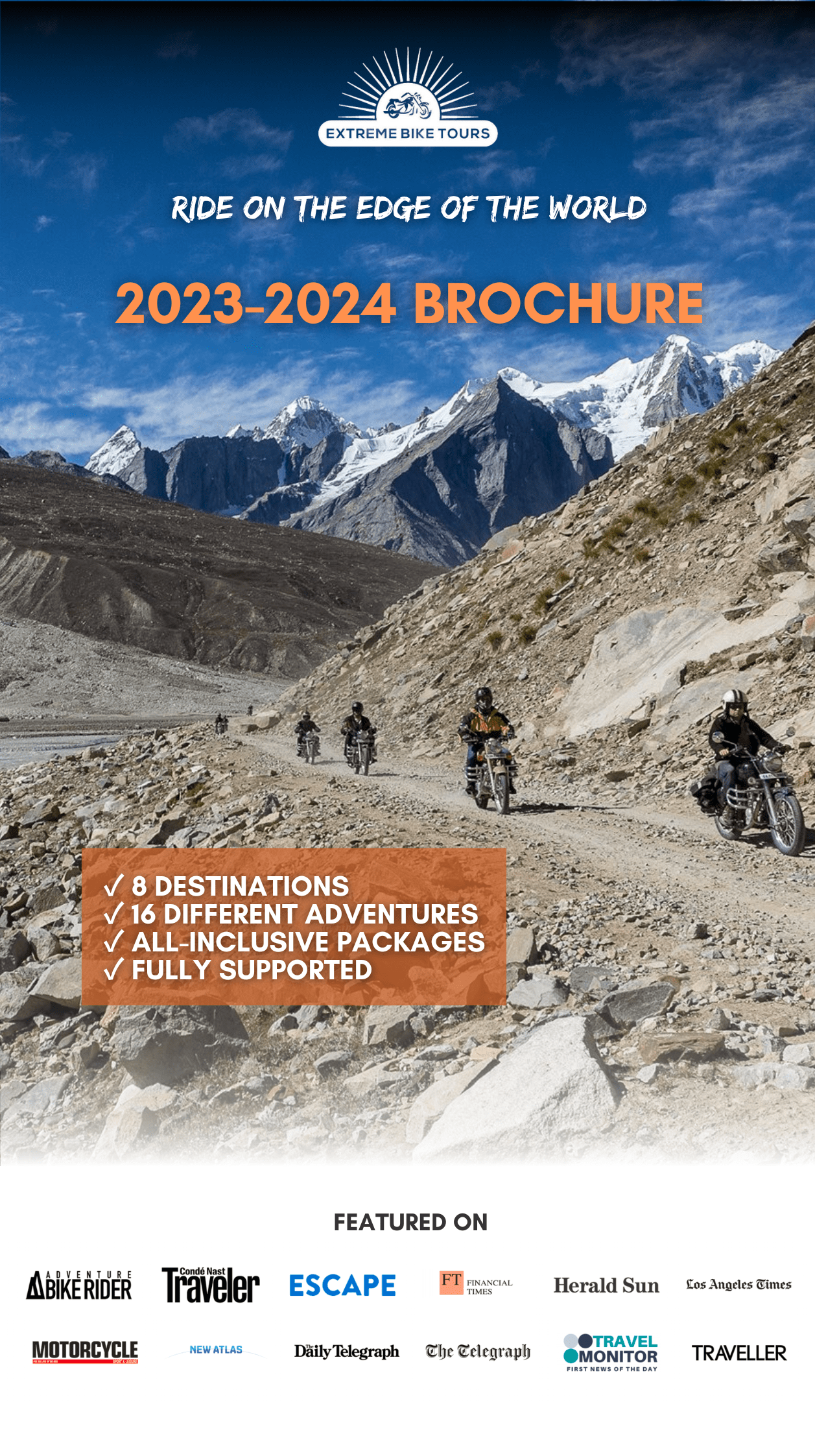Sri Lanka tea trails by motorcycle
Sri Lanka is ‘The Land of Green Gold” and since the British planted the first plantations it has grown and grown, giving fame to the internationally much appreciated “Ceylon Tea”.
Tea plantations are mainly concentrated in the central highlands, where the highest mountains peaks reach 2000/2500mt of altitude, and in the southern foothills.
No motorcycle tours on this island would be complete without riding through the endless sculpted hills of tea bushes, often appearing like a carpet stretching as far as you can see, or clinging to precipitous cliffs cut by hairpin bends. True pleasures for any rider.
In these areas, the weather can change rapidly regardless of the season and with a bit of luck, the clouds eventually retire allowing the sun to brighten up the sky and turn it into a lively blue dome.
A mix of freshly paved, consumed, and dirt roads, weave through the vast green plantations where mostly ladies of Indian origins, select and pluck high-quality tea leaves for both local consumption and exportation.
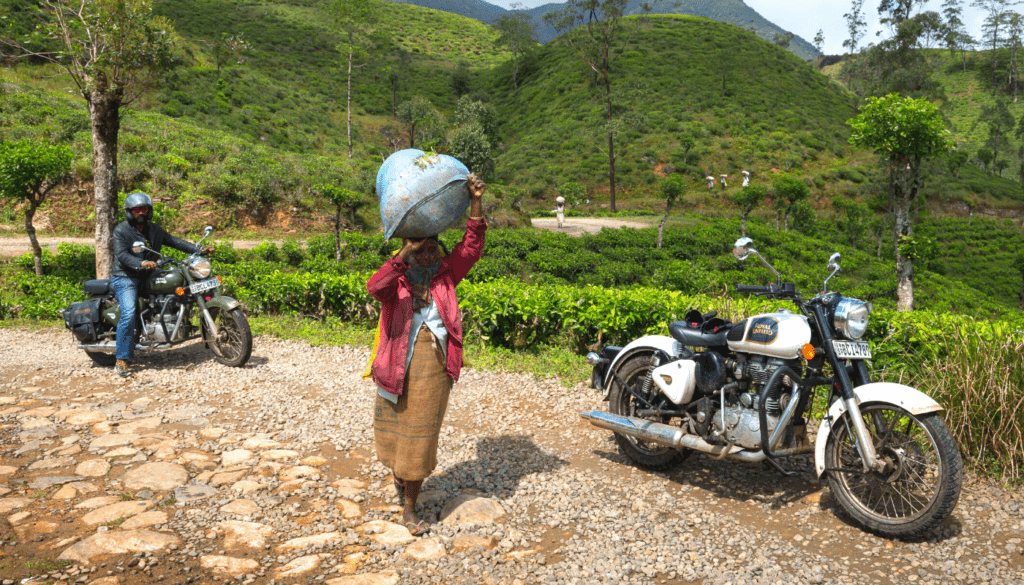
Tea pickers comb the hills daily with woven baskets on their backs that are filled with the leaves and in turn dried and processed in the factory, before reaching the market. Their knowledge and expertise have been passed on generations and are an essential part of the tea production chain.
The great majority of tea pluckers are Hinduists and this can be seen in the beautifully ornate and colourful temples built to venerate their Gods.
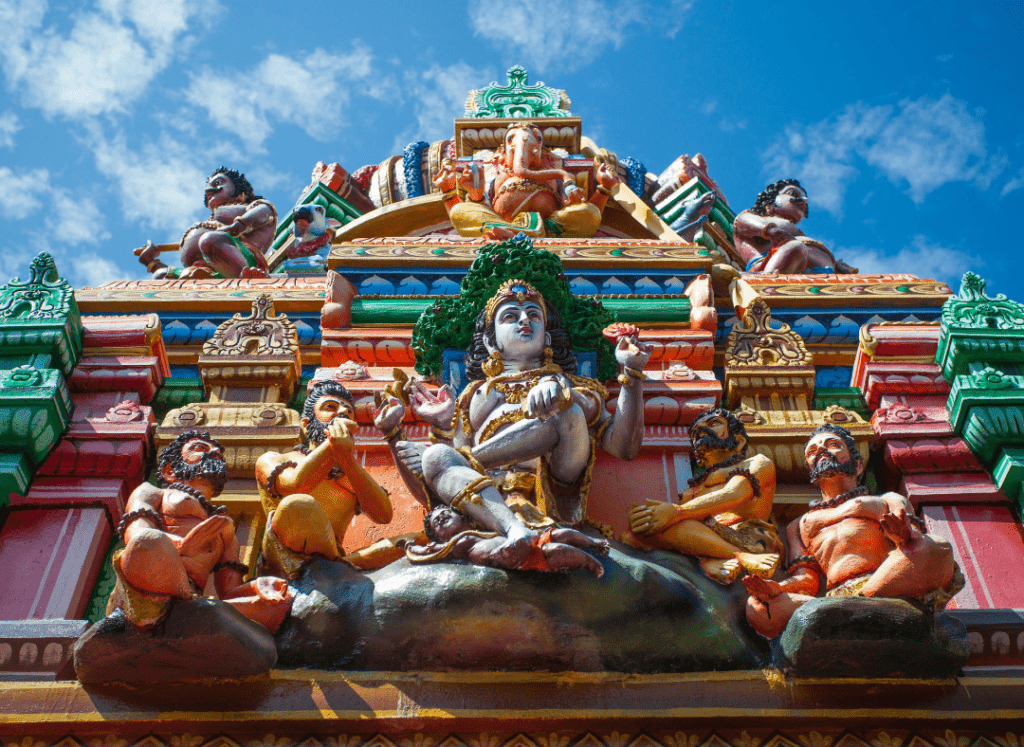
The history behind tea cultivation in Sri Lanka goes back to 1824, when the British planted the first tea plant brought all the way from China, in the Peradeniya botanical garden, just outside the last capital of the ancient Kingdoms: Kandy.
A busy town at the center of the island with lots of culture and history to take in. While entering, make your way with caution between the traffic and pedestrians crossing the streets. Roads are narrow and the pace is quite slow.
Kandy is generally the ideal stop to take a break day from riding and get more into the touristic part of the trip.
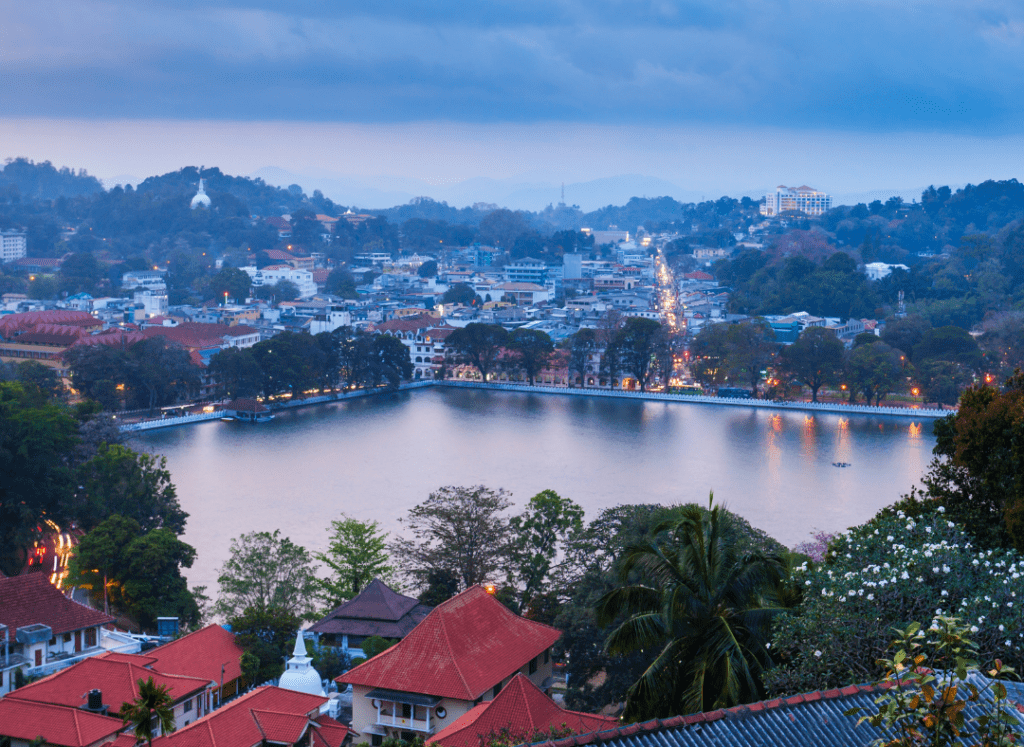
One of the most famous planters to venture on the island was Sir Thomas Lipton, who is still commemorated at a scenic viewpoint situated at the edge of Dambethenna tea estate, sitting on a bench, in the very same spot where the Scottish baron used to contemplate his plantations.
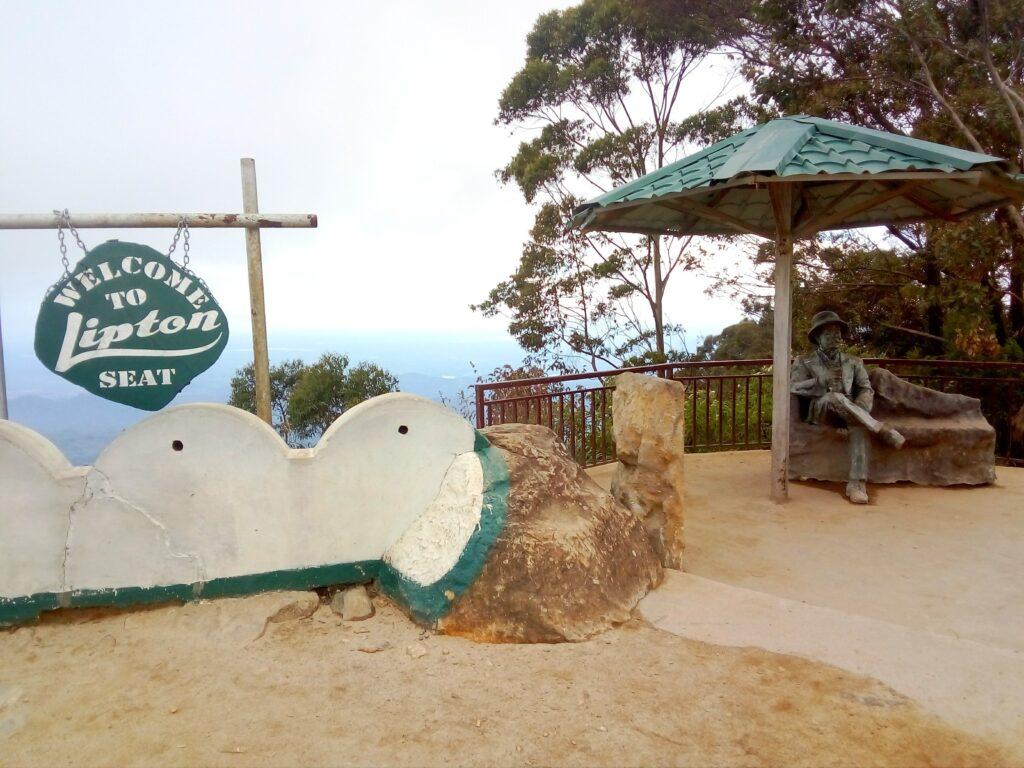
Once at the top, the lucky ones are rewarded with a crystal clear view and a magnificent sight of the Udawalawa area, home to several lakes and one of the most important protected National Parks of the island.
Though very distant, the imagination cannot help but wonder about the elephants and leopards that are roaming freely in this wildlife sanctuary.
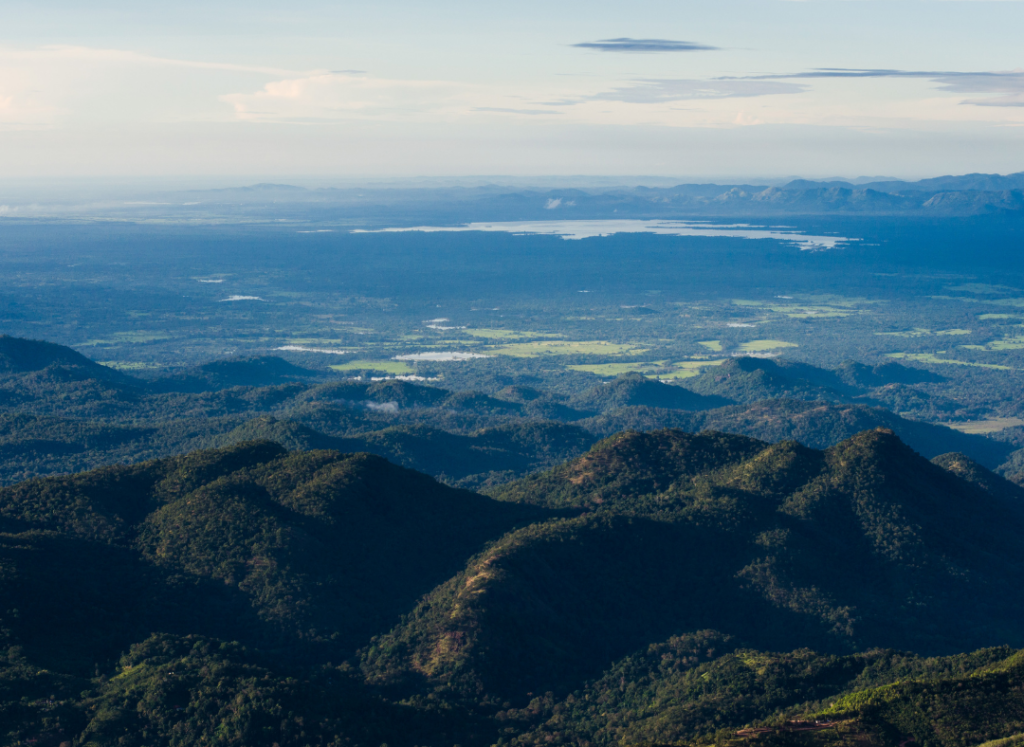
There are simply an endless amount of plantations dotted around this part of the country many of which have been converted into luxury accommodation and some unchanged in their long history.
The perfect choices to relax and rest after a day of riding.
Temperature can get low to 10°-15°, particularly in the late afternoons and early mornings. A hot cup of tea certainly provides a pleasant comfort, while enjoying the scenery offered by the surrounding mountains.
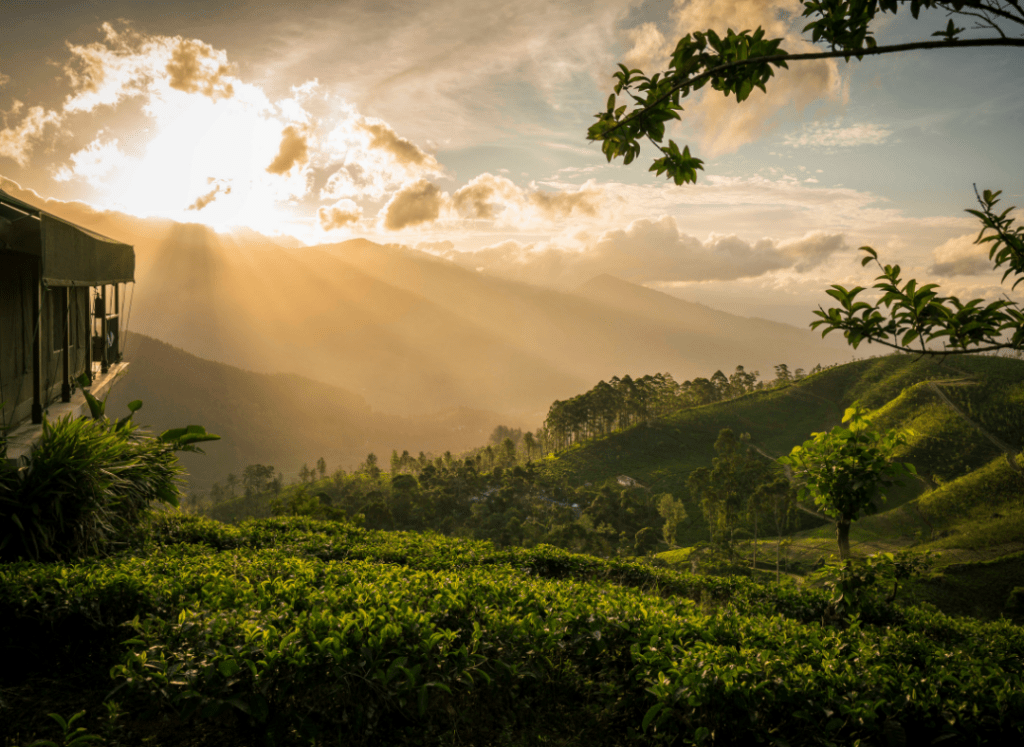
There are many other iconic places that provide experience like no where else in the world.
Nuwara Eliya, is often referred to as “Little England” due to the British colonial-style architecture and the heritage of historical buildings such as the Queen’s Cottage, built as the summer residence for the Governor of Ceylon at the time, Sir William Henry Gregory.
The city is also considered the most important place for tea production and differentiates from other cities for the temperate and cool climate.
Golf enthusiasts can enjoy a day off the bike and play at one of the oldest clubs in Sri Lanka: the Nuwara Eliya Golf Club.
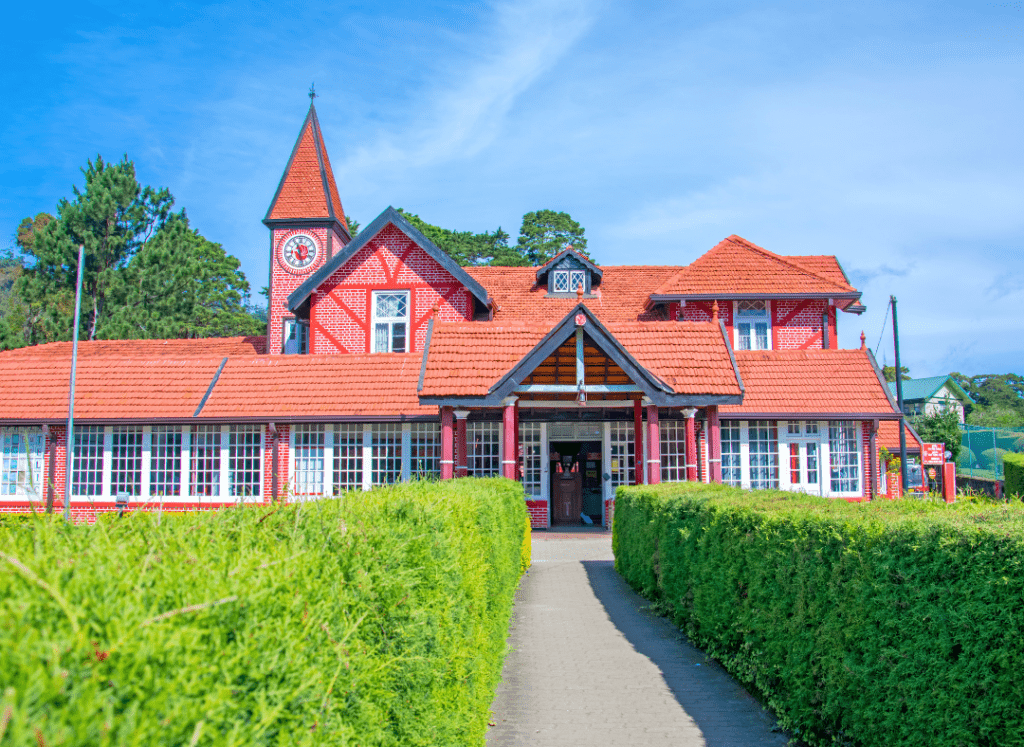
Ella is a picturesque little town surrounded by tea plantations elegantly laid on the slopes.
Tea is the main source of income for many locals though in recent times, Ella has become a touristic destination, for travelers going towards the southern beaches after visiting the Cultural Triangle, in the center of the island. Or of course, for those on the inverted route.
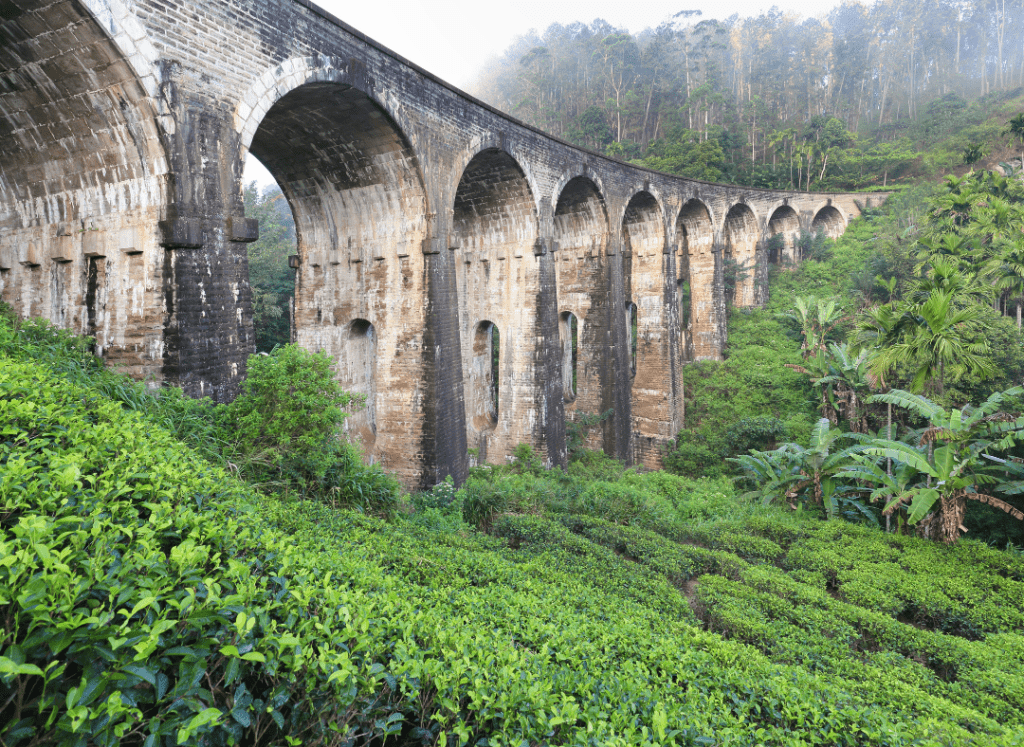
Worth to mention is also Horton Plains. Less tea, more nature.
A protected area located 32 kilometers from Nuwara Eliya, at approximately an altitude of 2,200mt. The flora and fauna found here are richly diverse with many species that are endemic to Sri Lanka.
The scenery in this plateau is completely different from the rest of the island. The perfect change for the sight before heading further on to the tea trails.
The World’s End is the most popular attraction at the Horton Plains National Park, a sheer precipice with a 750mt drop.
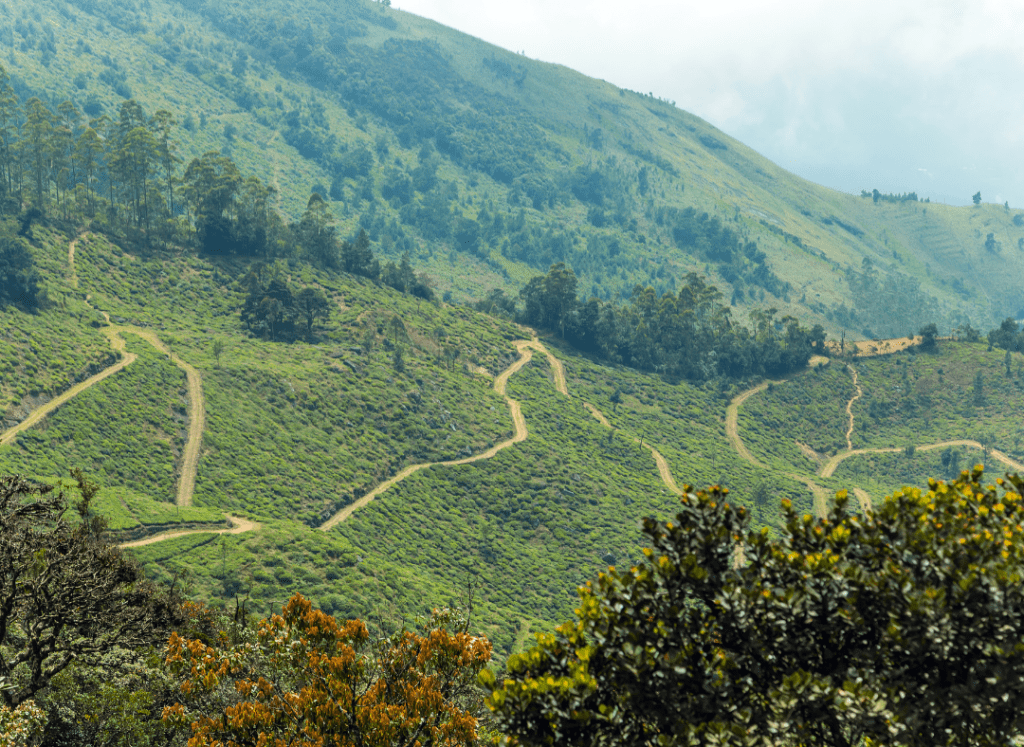
The ride goes on and it’s common to exchange greetings with locals while on the road. Though they look surprised to see a group of riders going through these hidden roads, all their smiles seem to be saying “we are pleased to have you exploring our land, please keep enjoying”.
Beware of stray dogs who like to relax in the middle of lesser crowded roads and cows that stand on the sides foraging on wild grass or drinking from natural water streams.
Water flows that collect the rain in the highlands are infinite. From the smallest to the highest waterfalls, it’s worth taking a break to admire them while sipping from another hot cup of tea or quench your thirst with fresh coconut water.
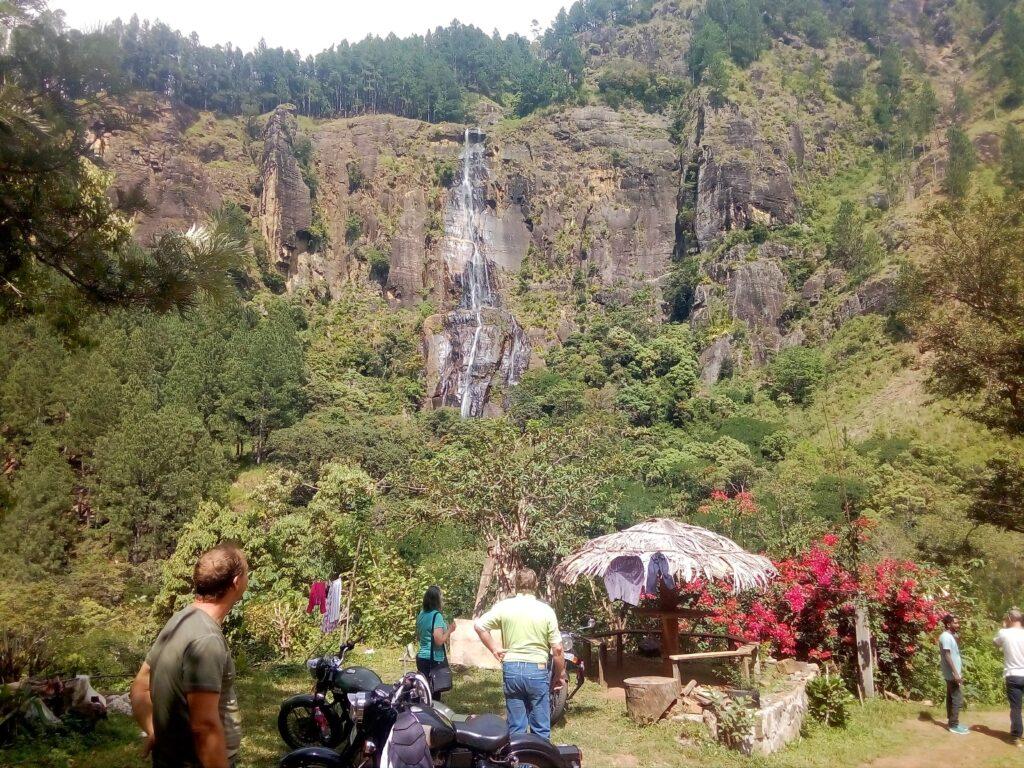
Riding through these majestic landscapes is one of the greatest opportunities that touring in Sri Lanka can offer.
Enjoy the roads cutting through tiny yet busy towns, plantations, mountains, barely touched by modern civilization, and where nature is still the main character.
Just until it’s time for a cup of the most famous Ceylon tea.


